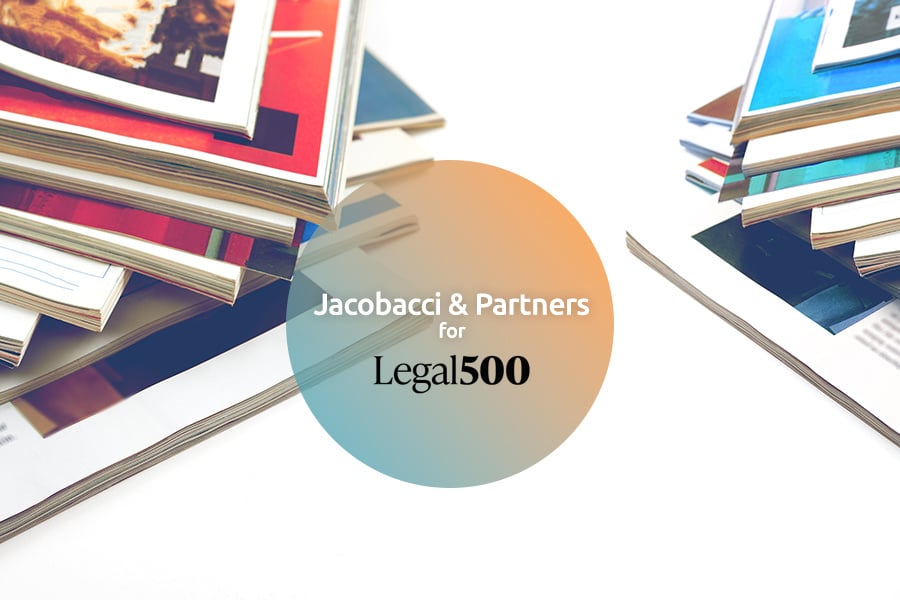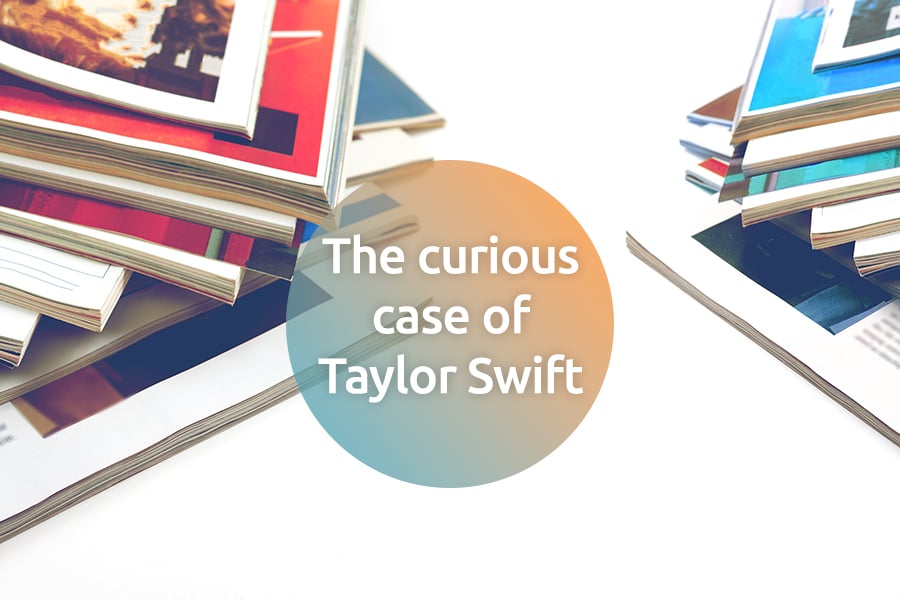The charm of a very slow joystick that took a few seconds to move the cursor from one side of a screen to the other, while a small purple spaceship, up there, was flying away intact is undeniable. It is fascinating because today we can work with fast and user-friendly tools. The graphical user interface can indeed be an artistic masterpiece and a masterpiece of intuitiveness at once. Given that very often it is developed for small surfaces such as the screen of a smartphone, it is not so obvious to find the best compromise between utility, convenience, prompt communication and aesthetics.
Luckily enough, all this can be protected. Once again, protection by means of an ornamental model helps us, as "Screen Displays and Icons", the name given to the 14-04 class introduced in 2003 by the 8th Locarno Classification. As always, it is a protection tool that needs to be included into a well-thought-out and conscious strategy, accompanied, if necessary, by trademark or copyright protection. Not that patent protection is excluded a priori. For this, some considerations on technical aspects are needed, such as changing an icon depending on the frequency of use of a particular app, elevating it from the label of "presentation of information".
Nothing should be left out; as always, the richer the "arsenal of IP titles", the more at bay are competitors, who, as you know far better than me, can copy everything! Of course, graphical user interfaces are not a novelty, but their importance and, as a consequence, the investment on this technical-commercial aspect have undeniably increased enormously in recent times. In this way, the regulations of the various patent offices have broken the wall of distrust towards this new object to safeguard, more or less hesitantly, making it possible to protect increasingly more aspects.
However, some caution is needed when applying for protection in different countries because some may require the black and white version, or they may allow for the filing of more images that, like in an "old style" cartoon, show the evolution of the design over time (dynamic or animated GUI), clearly specifying that it is up to the applicant to indicate the correct sequence of images or describe their meaning (so much for intuitiveness!).
On the other hand, somewhere else, the unpleasant requirement to include in the protection also the display of the tablet, pc or smartphone that shows the GUI or on which the GUI is displayed, still survives. Given that, when the protection was introduced, about sixty of them were registered, and, 15 years later, there are almost 2,000 of them in the European community alone, you can easily tell the success of graphical user interfaces and icons. How can I conclude now if not with a smiley? ;-)





